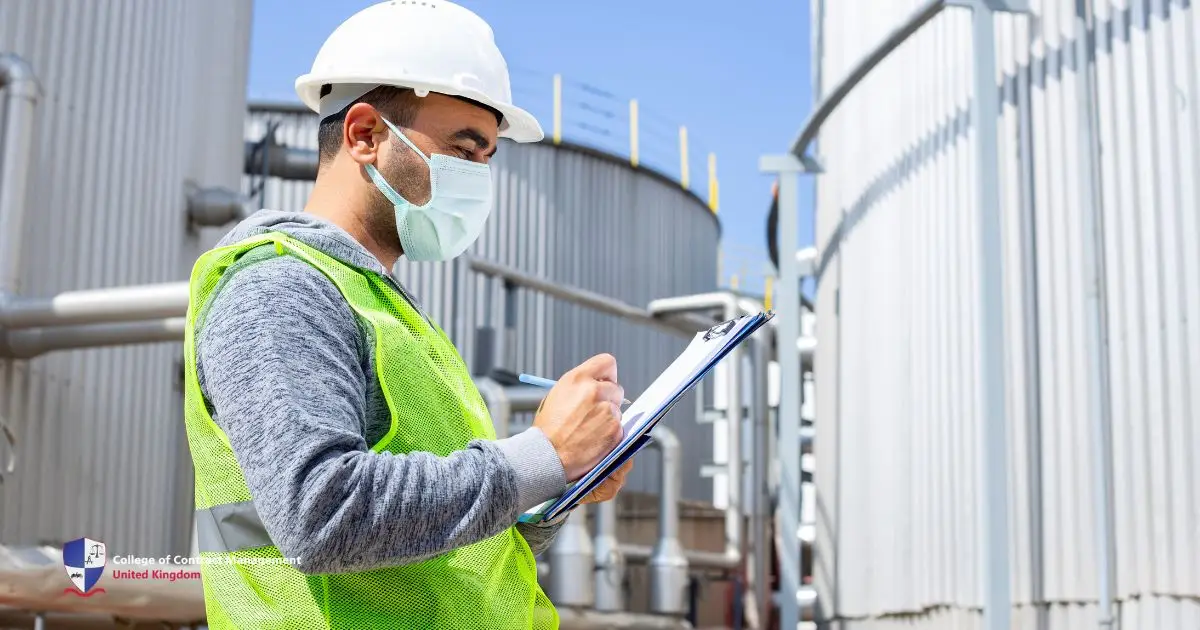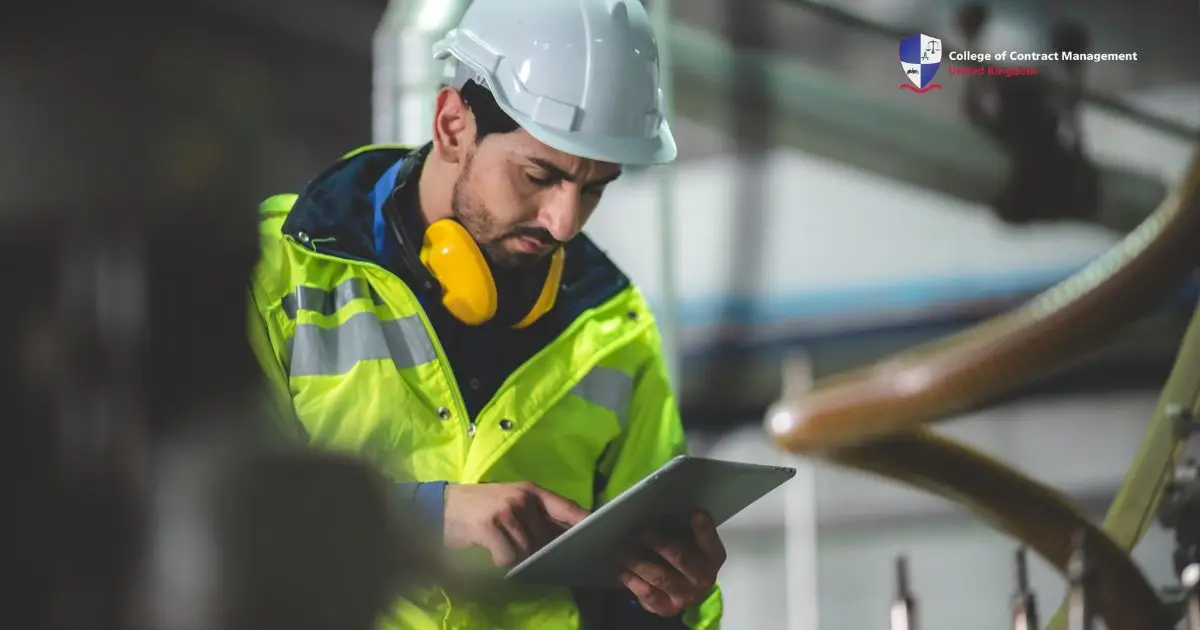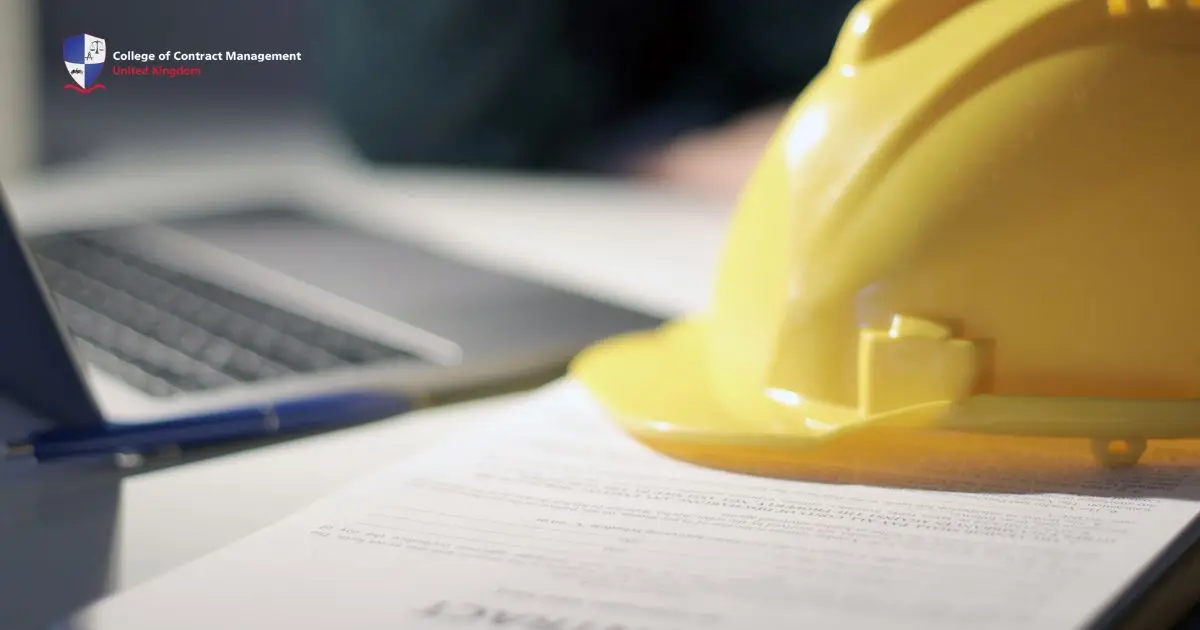Workplace accidents cost businesses billions each year in legal fees and lost productivity. That’s why the Right to Safety is crucial for both customers and employees. It helps companies protect customers from harm and ensure a safe workplace for their staff. When businesses follow safety rules, they keep everyone safe and build trust with their customers.
A safe workplace helps employees make good products and provide quality services. When workers are safe, they follow safety rules better and lower risks. A safe place also makes people happier and work more efficiently. By always practising safety, businesses show they care, earn trust, and keep a good reputation.
This article explains how the right to be safe affects workplaces and businesses. It covers why safety is important and shows how it benefits both workers and customers. Finally, it shares ways for businesses to keep safety in mind. By prioritising safety, companies protect people, build trust, and grow better.
What is the Right to Safety?
The Right to Safety started with the Consumer Bill of Rights, which are rights that protect customers when they buy things or sign agreements, encouraging well-informed choices. They also make sure people receive fair treatment, clear communication, and easy access to good information all over the world.
The bills defined the Right to Safety as defending people from products or services that could harm their health or life. This right covers both buyers and workers. Businesses should consider these rights when deciding to improve safety and lower risks. By doing so, they show extra care.
In addition, the Occupational Safety and Health Administration (OSHA) creates rules to keep workplaces safe. For example, it updates rules for new dangers in different industries. Employers must protect workers by keeping work areas safe and obeying these rules. As a result, everyone stays safe and the business operations go on smoothly.
The Importance of Safety Rights for Business
Right to safety helps create a good, honest, and fair workplace. Paying attention to safety is a smart move for businesses because it helps them work more effectively. This includes protecting workers’ bodies and minds to prevent accidents and keep them healthy. It also fosters a friendly atmosphere that respects everyone.
Keeping customers safe is important for protecting people from harmful products and risky actions. It ensures businesses follow safety rules to create better and safer products. Also, it lowers costs related to harm or illness. Therefore, it builds trust, supports fair business, and helps the market grow steadily.
Balancing the worker and customer rights with business duties builds trust and loyalty. Moreover, using safety measures shows a company’s care for its people. This right builds a sense of duty, leading to trust and better lives for everyone. Also, it supports open talk through steady learning across the company.
Common Violations of the Right to Safety
Every people have the right to feel safe. It includes the right to safety in the workplace and getting a safe product in the market. When people feel safe, they can easily put their trust in the business. However, some parties are not aware of safety rules. As a result, they violate it.
Safety rights are basic human rights that protect people from harm and risky conditions. Indeed, people often break it in many situations. For example, a product that directly harms or a service that threatens safety. Below are some of the most frequent and serious violations of this right:
Defective Products
Selling defective products to the market breaks safety rules and can hurt people. For example, selling bad electronics, unsafe medicines, and dirty food are issues that make customers lose trust in the company. As a result, companies will face big legal and money problems that damage their image and profits.
Unsafe Work Environments
Unsafe workplaces break the right to safety by making employees face dangerous situations. These include not enough safety gear, being around harmful chemicals, and not enough training. Also, these problems can lead to accidents. For example, health issues and deaths among employees. These results will put their well-being at high risk.
Poor Public Safety Measures
Poor safety measures can lead to accidents and health risks. This can also cause security problems. For example, common issues include unclear emergency plans and poor maintenance. As a result, people may lose trust, and businesses could face legal troubles. To solve these problems, businesses should check for dangers often.
Benefits of the Right to Safety
The Right to Safety is a key principle that protects consumers, workers, and businesses. It ensures that products, services, and workplaces are safe and free from unnecessary risks. This right not only keeps people safe but also benefits everyone involved. These are some advantages when businesses obey this rule:
- For Consumer: The right to safety keeps consumers safe from harmful products. It ensures them access to products that are safe and reliable. It also helps consumers make better choices and trust businesses. Additionally, if something goes wrong, they can file complaints. Therefore, this right promotes safety, saves money, and protects health.
- For Workers: The right to safety keeps the workers safe, which improves their health, work output, and well-being. Moreover, it builds trust and reduces legal problems for businesses. Additionally, safe workplaces improve the business’s image and save costs over time. Consequently, applying these rules creates a secure and smooth place to work.
- For Businesses: The right to safety helps businesses by gaining consumer and worker trust. For example, safe products make consumers confident and return. In addition, it lowers legal risks and protects the business’s name. As a result, a good reputation attracts loyalty. This improves the brand and helps businesses grow over time.
This right helps create a safe and reliable space for consumers, workers, and businesses. Focusing on safety can build trust and reduce risks. Moreover, it improves well-being and supports steady growth. In the end, safety benefits everyone. Furthermore, it creates a strong base for success, trust, and a healthier community.
Challenges in the Right to Safety
Weak enforcement, lack of awareness, and unsafe workplaces often affect the right to safety. These problems harm marginalised groups the most. Moreover, this matter makes it hard to keep everyone safe. However, fixing these issues is important. It can help improve policies and protect this basic right for all people.
- Lack of Awareness: Many people and groups don’t know the basic safety rules and practices needed to stay safe. As a result, this lack of knowledge can lead to risky actions that put everyone in danger. Therefore, teaching and sharing simple safety tips is important to create a safe place and prevent accidents.
- Lack of Legal Resources: Having not enough legal resources can impact the right to safety in businesses. For example, consumers and workers may find it hard to get justice when they are exploited by businesses. This may lose their trust. In addition, businesses can’t resolve the issues that cause them to lose their reputation.
- High-Risk Work Environments: A harmful work environment can harm the safety of many parties. For example, factories often cause environmental damage that affects consumers who live nearby. Similarly, workers have to deal with health problems because of an unsafe workplace. Moreover, a business that ignores safety can lose its reputation and public trust.
Strategies for Practising Safety Rights
To apply the right to safety, stakeholders need to make strategies to run their businesses responsibly. These strategies must ensure consumers and workers are safe from harm. Moreover, businesses can gain trust and reach new markets by applying safety. Therefore, here are some strategies that can be applied in different industries:
- Comprehensive Safety Policies: Develop clear safety rules, update them regularly, and ensure they are accessible to all.
- Training and Education: Thoroughly train employees on safety protocols and educate consumers on product use through manuals or videos.
- Risk Assessment and Management: Conduct regular inspections to identify hazards and assess risks at all stages of product development.
- Monitoring and Evaluation: Use key performance indicators (KPIs) to track safety performance and continuously improve measures.
Conclusion
A successful business is a safe business. Putting safety as a priority not only protects consumers and workers but also helps businesses to grow. To ensure safety, businesses need to review their current practices and build a habit to make improvements. Furthermore, practising the right to safety shows that businesses care.
If you are interested in law and business, CCM is the perfect place to start your journey. Learn from experienced teachers and connect with fellow professionals. Explore the opportunities at the College of Contact Management and start building your future today!





